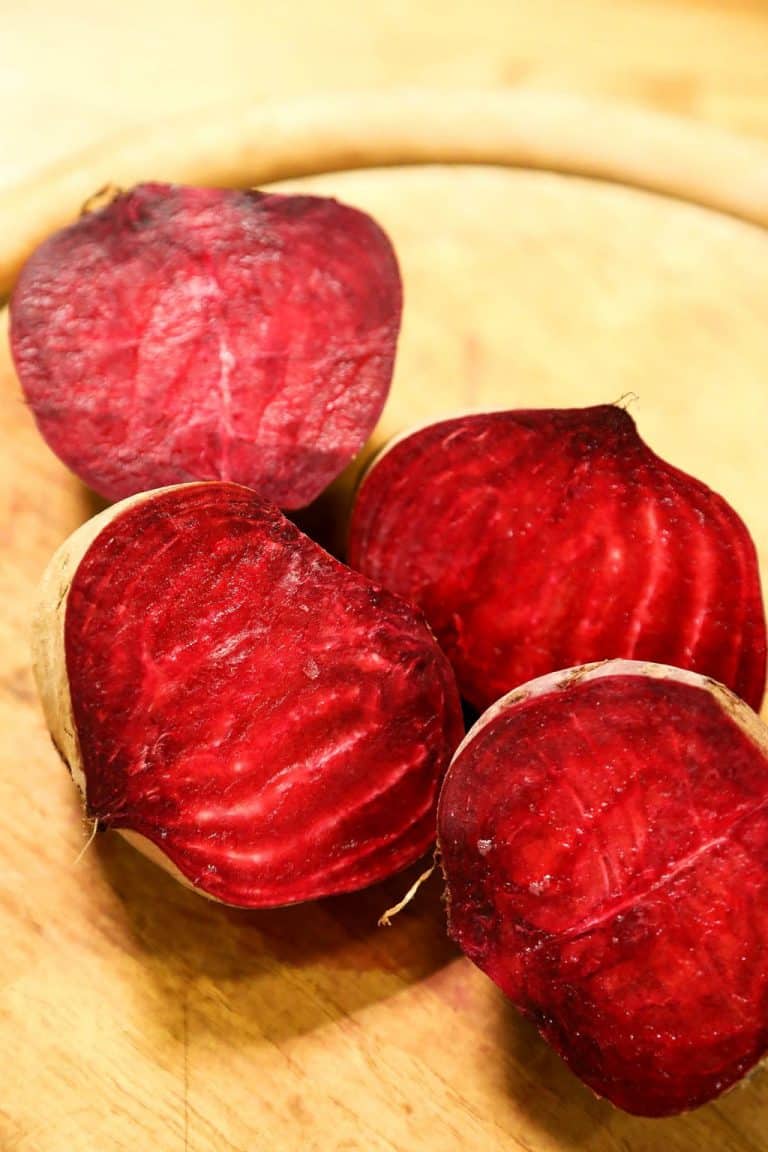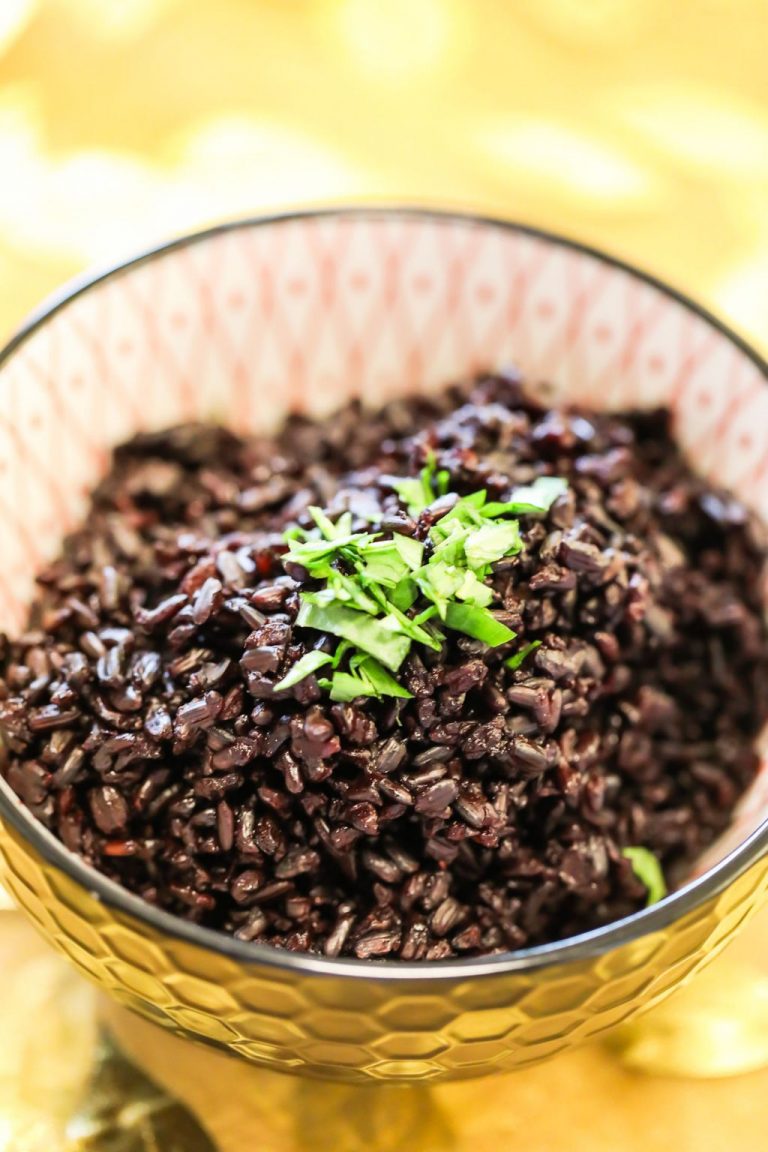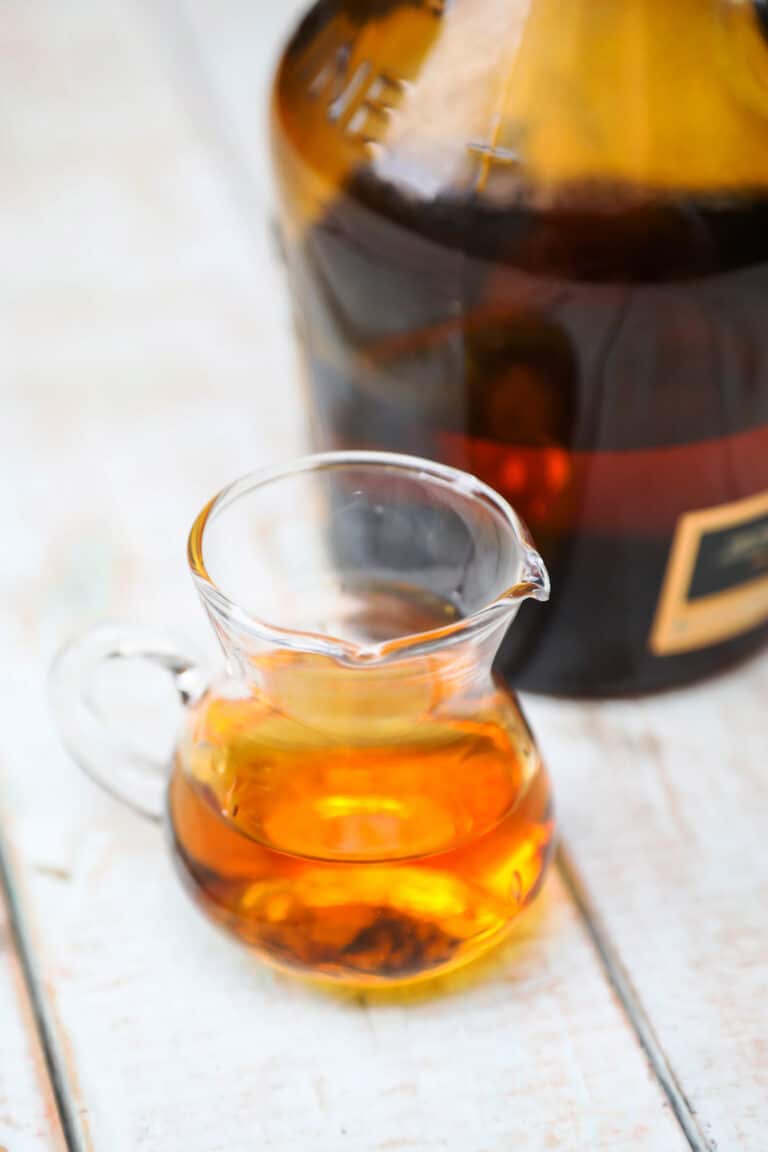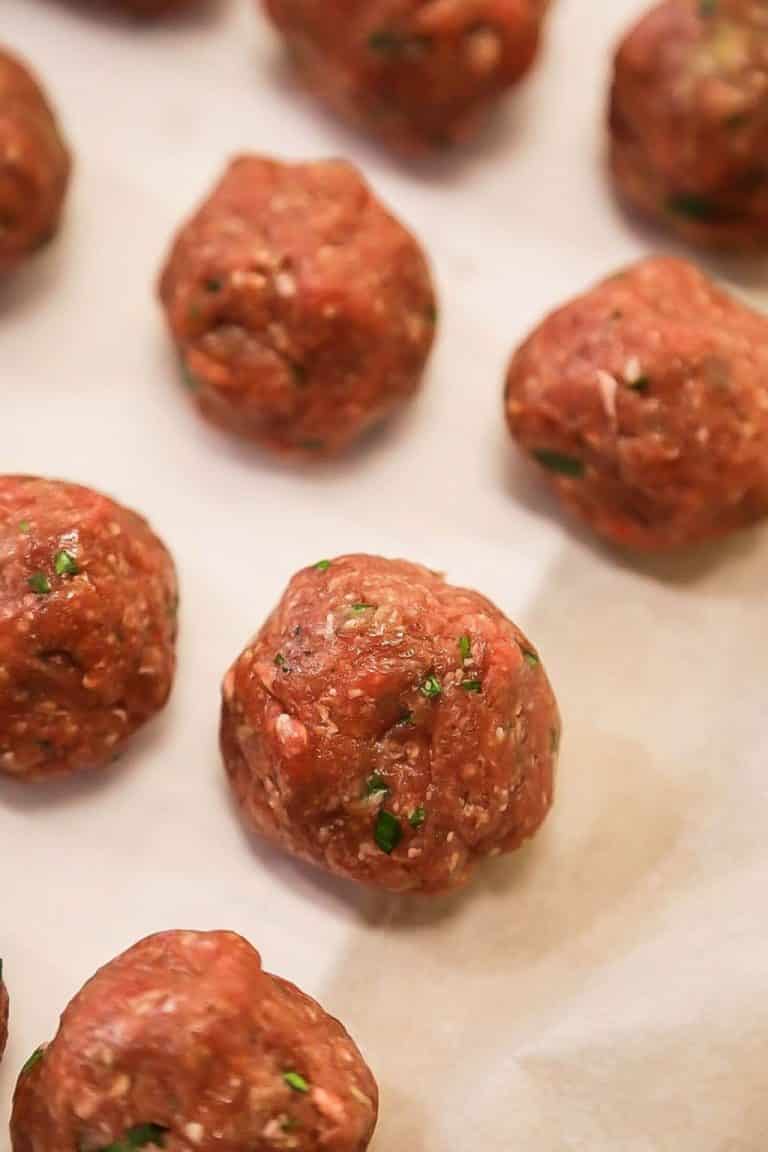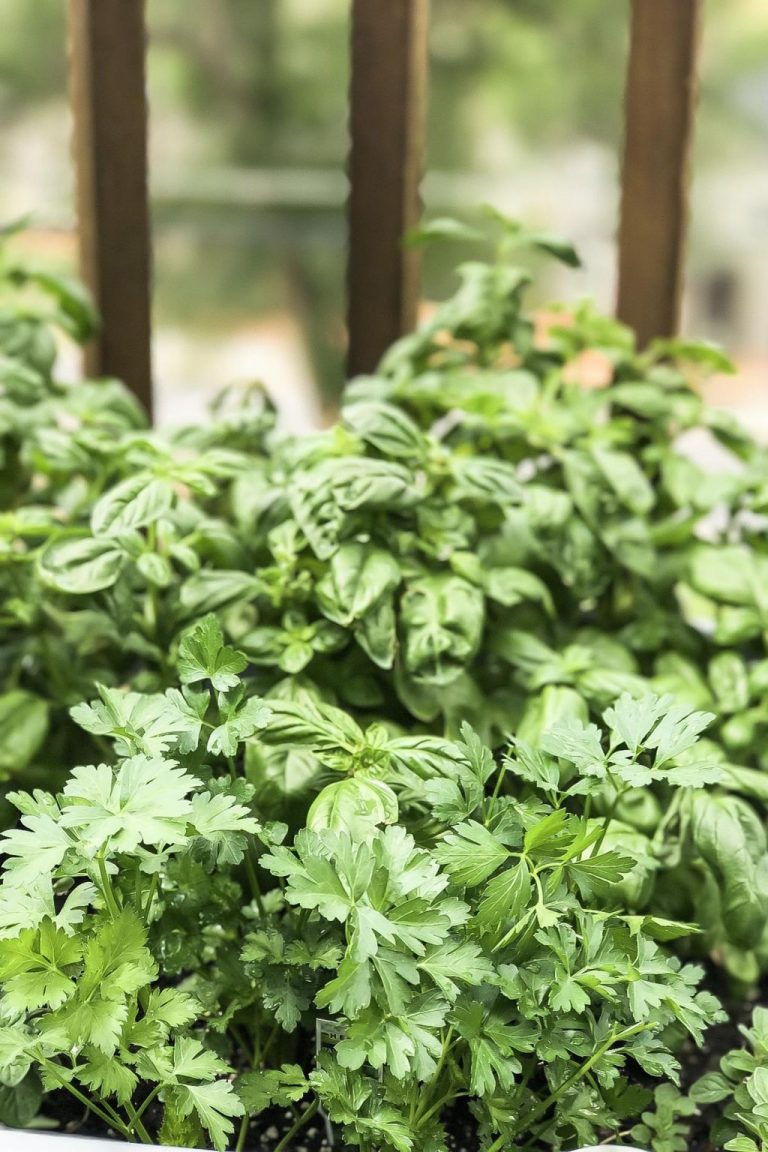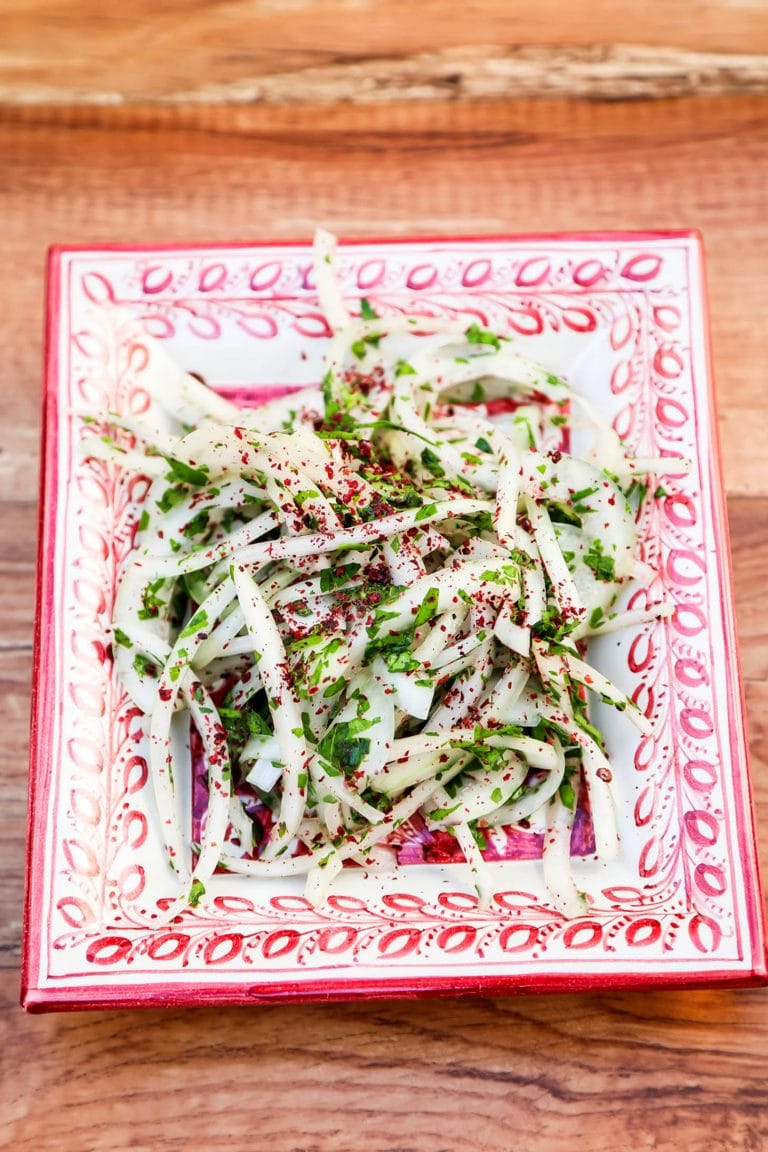Burghul Wheat (The Ancient Grain)
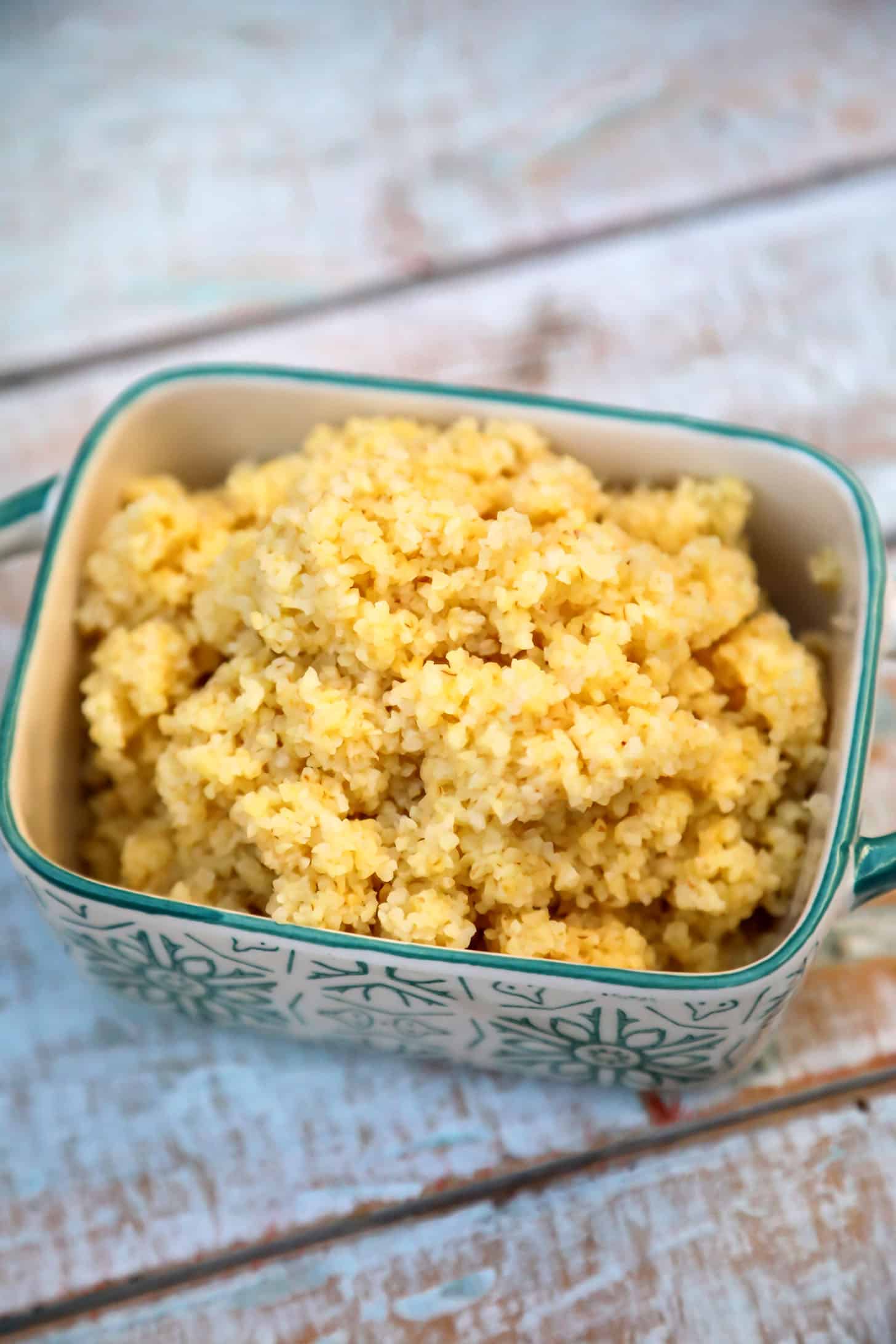
Written as burghul this is the word with an authentic Arabic pronunciation, and the gutterals hard at work.
However, this grain is often referred to as bulgur wheat which is more of an anglicized version.
Whatever you call it or however you spell it, it remains the same.
I love this stuff, it’s so easy to make, and so satisfying to eat.
I like fixing it with olive oil, a little salt and pepper, simple, yet so good.
It’s one of my favorite side dishes, or substitutes for brown rice.
A Short History of burghul
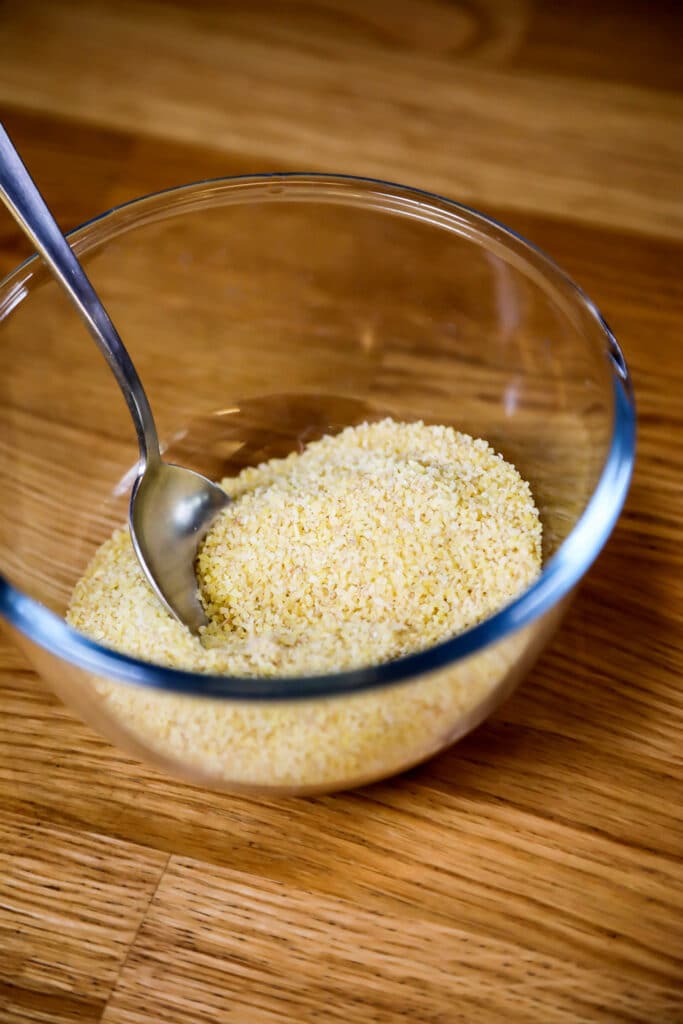
Burghul, also known as bulgur wheat, is made of partially boiled, dried and ground wheat.
Most commercial bulgur is usually made from durum wheat.
Burghul is sometimes confused with cracked wheat, which is actually a different thing.
Cracked wheat is a crushed wheat grain, but one that has not been parboiled.
Wheat was first cultivated in ancient times in the Fertile Crescent, which is the region of the first settled agricultural communities of the Middle East.
Making wheat into burghul originated in the Midterranean region, where it has been a main part of Middle Eastern cuisine going way, way back.
Around 2,800 B.C., Shen Nung the Chinese emperor acknowledged burghul as one of five sacred crops along with rice, barley, soybeans, and millet.
4,000 years ago, Biblical references mentioned that it was prepared by ancient Babylonians and Hittites.
It was also recorded that Arabs and Roman civilizations ate burghul as early as one thousand B.C.
The Romans called it cerealis, while Middle Easteren populations called it arisah, same as in the Bible.
According to Biblical archeologists and scholars, arisah was translated as “the first of the coarse meal.”
This was a puree or mash prepared from parboiled and dried wheat.
Burghul in Middle Eastern Cooking
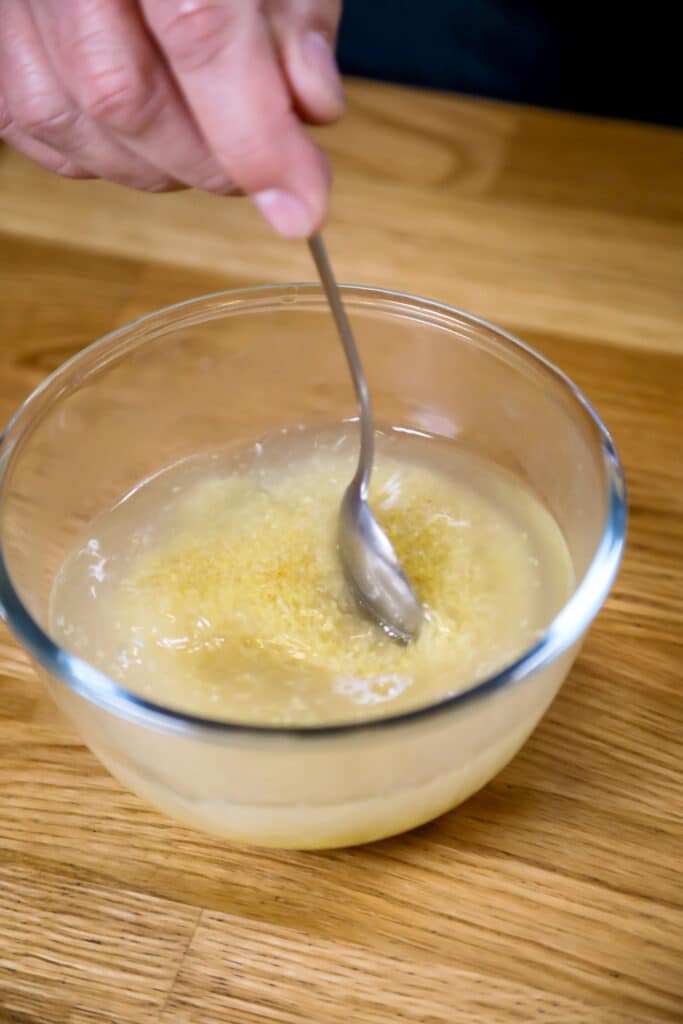
Burghul has been considered an integral part of Middle Eastern cooking for a very long time.
This is especially true in Palestine, Jordan, Lebanon, Turkey, Iraq, and Syria.
There are four types of burghul or bulgur, which comes in a range of grinds, fine, medium, coarse and extra coarse.
The highest quality is known to have uniform particle sizes.
Coarse bulgur is usually used to make pottages, while the medium and fine grains are used for breakfast cereals and salads.
In Middle Eastern grocery stores, you will find burghul packaging with numbers to indicate how fine it is.
For example, number one means it’s fine, number two is medium, and number three is coarse.
Fine or medium burghul is mostly used in the traditional dish tabbouleh.
The coarse variety is usually used in kibbeh, because it can also be used raw.
Another traditional dish is the Kibbeh, which is a mix of ground meat, spices and of course coarse burghul.
Burghul is usually bought and kept in a cool, dry place for months, making it a staple of most kitchens.
How Burghul Production Evolved
In ancient times, burghul was considered essential, because it resists mold contamination and insect attack.
Also, it could be stored for long periods, making it a very attractive kitchen staple.
The ancient production of this grain consisted of boiling the wheat in huge pots, sometimes for days until well cooked.
After that it was laid out on flat rooftops to dry under the sun.
Once dry, the hard kernels would be broken into coarse pieces, and finally filterd into different sizes for different uses.
This ancient process is still used in small villages in the Middle East.
Later on, Middle Eastern people brought burghul with them as they migrated to the United States.
Soon after, large-scale commercial processing of burghul began in the U.S.
Industrially prepared bulgur has almost the same steps of that ancient one (without the rooftops!).
It’s parboiled, dried in big ovens, then ground, and sifted mechanically to accurate grades and sizes.
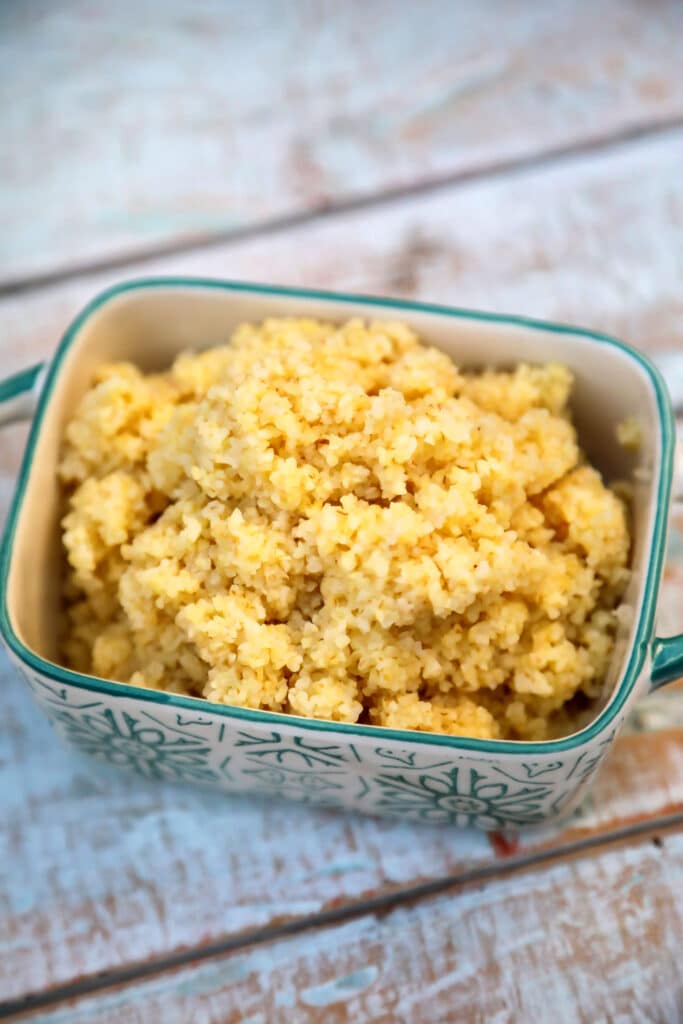
The Favorite Bulgur Dishes in the Middle East
There are two main dishes that use burghul in the Middle East.
The first one is tabouleh, which is made from fine, or medium burghul, parsley, lemon juice, mint, and olive oil.
The second dish is Kibbeh, which is made from medium or coarse burghul, minced meat, onions and spices.
Kibbeh dishes vary from fried kibbeh balls, baked “senneyeh”, or raw “kibbeh nayyeh”.
Additionally, you will find it in turkish dishes such as the tomato burghul pilaf.
When it’s used as a substitute for rice, it’s usually the coarse variety and not the fine.
Burghul can be served as a main dish, or as a great side dish to lamb chops, chicken, kafta or kabab.
How to Cook
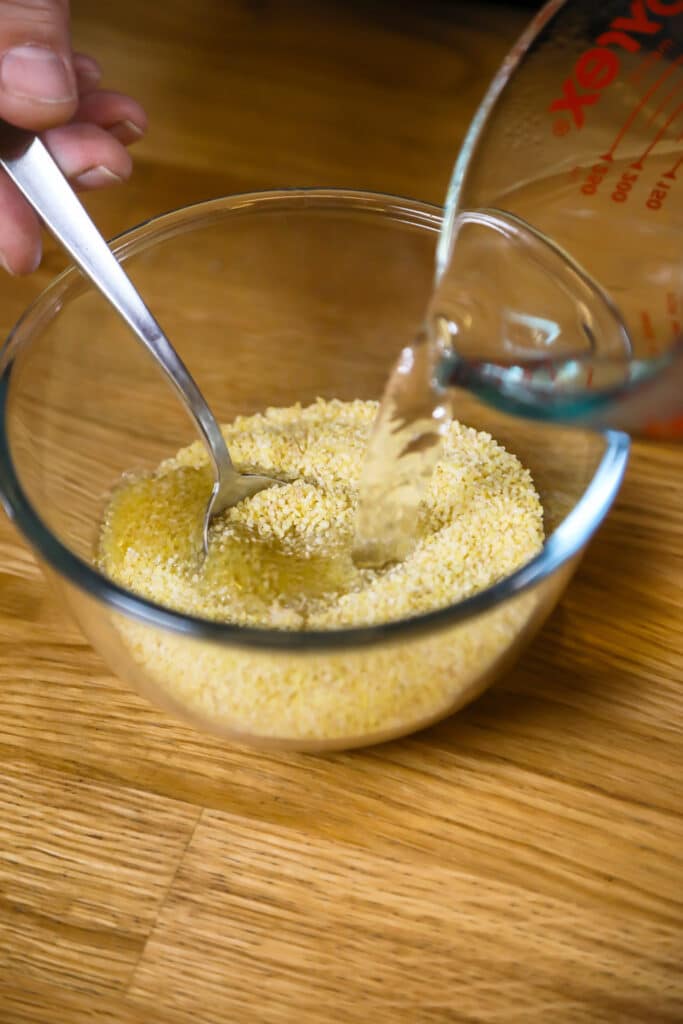
Burghul is usually boiled in water, covered and cooked until boiling, then removed from the heat.
Then fried, roasted or baked, or just soaked in boiling water for 20 minutes.
Since it’s already been partially cooked, it takes much less time to prepare than other grains.
Is it Nutritious?
This is a whole wheat product, which is rich in fibers, proteins, vitamin B6, and iron.
Since it’s minimally processed, it holds more nutritional value than other refined wheat products.
It’s especially a good source of manganese, magnesium, iron and fiber.
A single serving of burghul provides more than 30% of the reference daily intake of fibers, vitamins, and minerals.
One of it’s many positive impacts include promoting heart health, blood sugar control, and supporting digestion by promoting the growth of healthy bacteria.
It has also been shown to help with weight loss.
However, people who are allergic to wheat products or gluten, should not eat burghul.
In conclusion, burghul is cheap, rich in nutrients, has a long shelf life, is easy to cook, and can be added to many dishes such as salads, and soups.
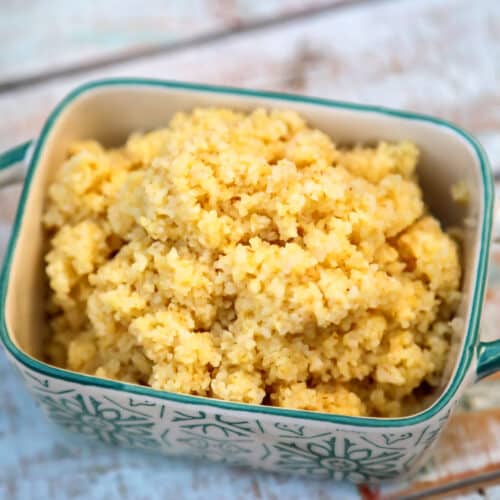
Burghul Wheat (The Ancient Grain)
Instructions
- Mix all ingredients in a bowl cover and let sit for 10 minutes until water is absorbed.

